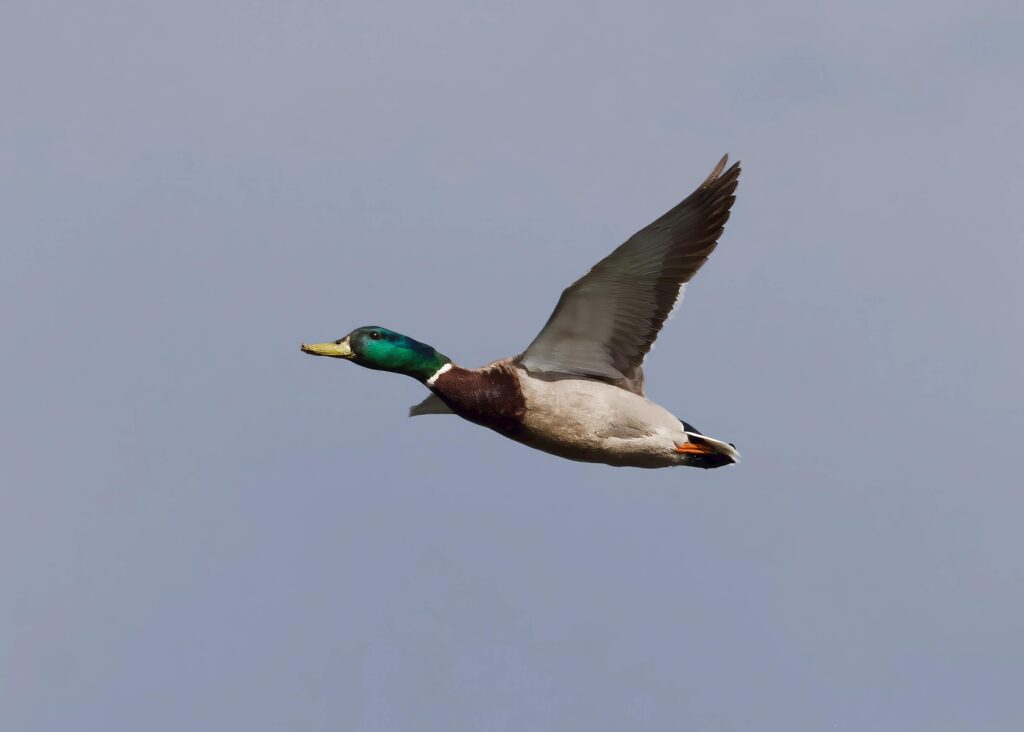Spring Migrations

New Home
There’s a particular kind of silence before the birds return. Then one morning, it’s broken — not with noise, but with movement. A ripple of wings. A pattern in the sky. A shift in the air. Spring migration isn’t just a journey from one place to another — it’s a pulse that reawakens the wild across the globe.
From Africa, Asia, and South America, birds that vanished in autumn begin their return. Warblers flood European woodlands, swallows reappear over fields, and storks descend into their rooftop nests as if they never left. Arctic terns arrive after crossing entire oceans, their wings barely resting. Everything is in motion again.
Not just birds — hooves too. In North America, herds of pronghorn and caribou drift northward with the melt, feeding as they go. Amphibians emerge from ponds and forests, moving slowly but with purpose. Frogs croak. Toads crawl. Insects buzz back to life and become food again for everything that flies. What looks like chaos is actually precision. Routes, rest stops, and rhythms passed down across generations — all triggered by light, wind, and ancient memory.
Some migrations happen overnight. Others unfold over weeks. The sky is suddenly full of V-formations, or single birds against the clouds. Shorelines become noisy rest stops. Forests fill with song. Every day brings new arrivals — some staying, others moving through. And in the middle of it all, the land changes too. Blossoms open. Trees leaf out. The insects return. Nothing migrates alone. Spring is a chain reaction.
If you pay attention, you’ll start to notice the patterns. A bird on your windowsill that wasn’t there last week. A murmuration in the evening sky. A pond that seemed still now ringing with life. You don’t have to go far to witness migration. Sometimes, you just have to slow down and let it pass through you.
Spring migration is not loud — it’s layered. Fast but graceful. Urgent but patient. It’s the wild resettling into place. And whether it happens above you, around you, or within you — it means the world is on the move again.
From Africa, Asia, and South America, birds that vanished in autumn begin their return. Warblers flood European woodlands, swallows reappear over fields, and storks descend into their rooftop nests as if they never left. Arctic terns arrive after crossing entire oceans, their wings barely resting. Everything is in motion again.
Not just birds — hooves too. In North America, herds of pronghorn and caribou drift northward with the melt, feeding as they go. Amphibians emerge from ponds and forests, moving slowly but with purpose. Frogs croak. Toads crawl. Insects buzz back to life and become food again for everything that flies. What looks like chaos is actually precision. Routes, rest stops, and rhythms passed down across generations — all triggered by light, wind, and ancient memory.
Some migrations happen overnight. Others unfold over weeks. The sky is suddenly full of V-formations, or single birds against the clouds. Shorelines become noisy rest stops. Forests fill with song. Every day brings new arrivals — some staying, others moving through. And in the middle of it all, the land changes too. Blossoms open. Trees leaf out. The insects return. Nothing migrates alone. Spring is a chain reaction.
If you pay attention, you’ll start to notice the patterns. A bird on your windowsill that wasn’t there last week. A murmuration in the evening sky. A pond that seemed still now ringing with life. You don’t have to go far to witness migration. Sometimes, you just have to slow down and let it pass through you.
Spring migration is not loud — it’s layered. Fast but graceful. Urgent but patient. It’s the wild resettling into place. And whether it happens above you, around you, or within you — it means the world is on the move again.
